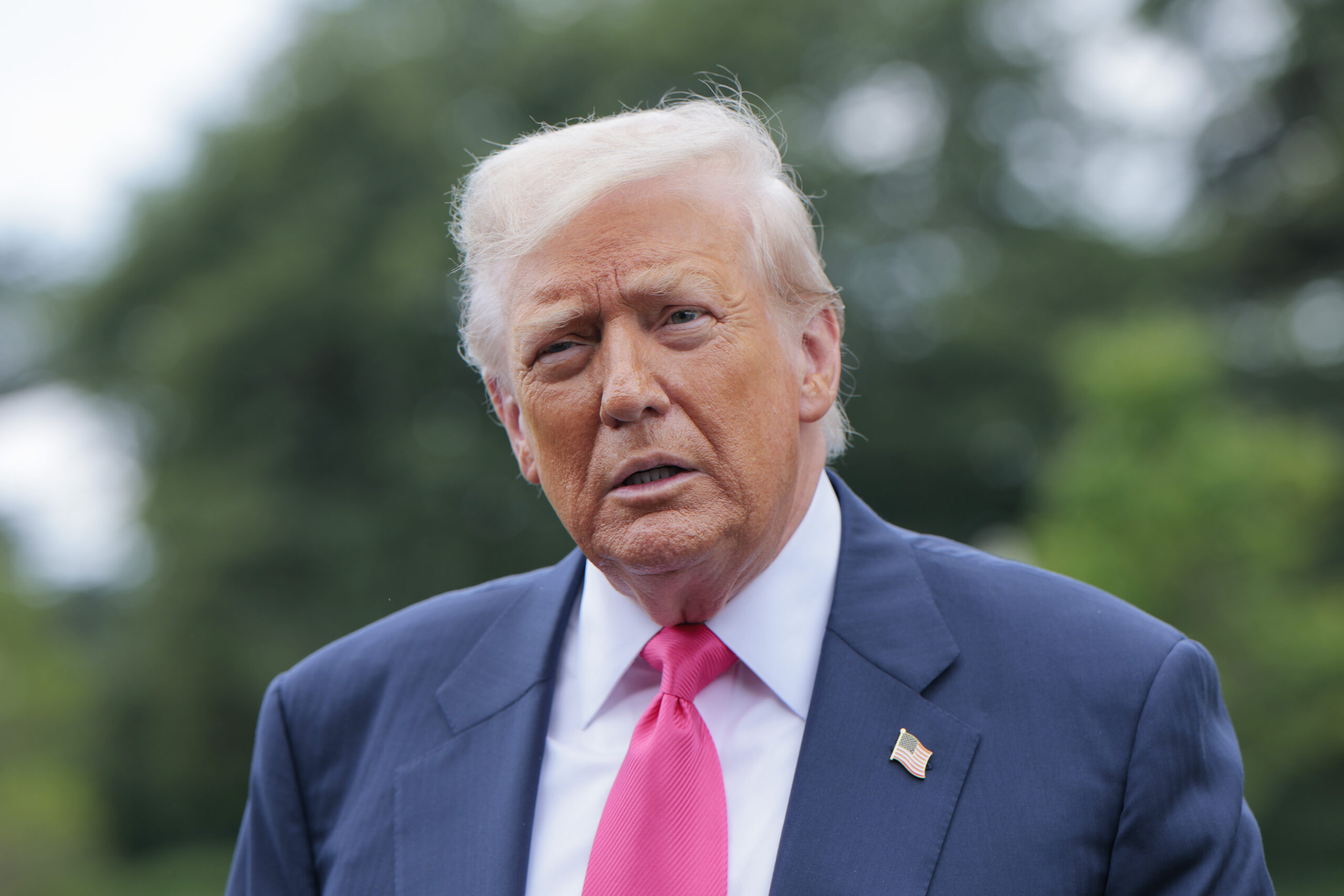
The traditional dynamic of protest and response was upended this weekend when the “No Kings” movement, a nationwide series of marches, was answered not with policy but with a meme. President Trump’s decision to counter millions of demonstrators with an AI-generated video of himself as a waste-dumping king represents a new frontier in political communication, where gravity is replaced with grotesque satire.
The protests were organized with a clear, serious message: a defense of democratic norms against the concentration of power. Participants and speakers emphasized the weight of the moment, calling it a “stand for democracy itself.” The imagery was one of civic virtue and collective action, with American flags and constitutional references dominating the visual landscape.
The presidential response, however, came from an entirely different playbook. The fighter jet video, complete with a crown and a classic rock soundtrack, was designed for virality and shock value. It transformed a serious political disagreement into a crude joke, leveraging the tools of internet culture to belittle and demean the act of protest itself. The message was clear: your dissent is not a legitimate political act worthy of engagement, but a target for ridicule.
This approach effectively changed the subject. Instead of discussing executive power or government accountability, the national conversation turned to the video’s tastefulness, its legality, and the president’s demeanor in subsequent interviews where he smirked and called the protesters “whacked out.” The strategy successfully reframed a broad-based civic movement as the obsession of a fringe group.

The “No Kings” coalition found itself in an unfamiliar battle. They had prepared for a debate over principles, but were instead forced to respond to a digital spectacle. While they issued statements criticizing the administration’s priorities, the visceral impact of the video overshadowed their substantive points. This incident demonstrates that in today’s attention economy, a potent and shocking image from a leader can effectively drown out the voices of millions, reshaping a national conversation in an instant.